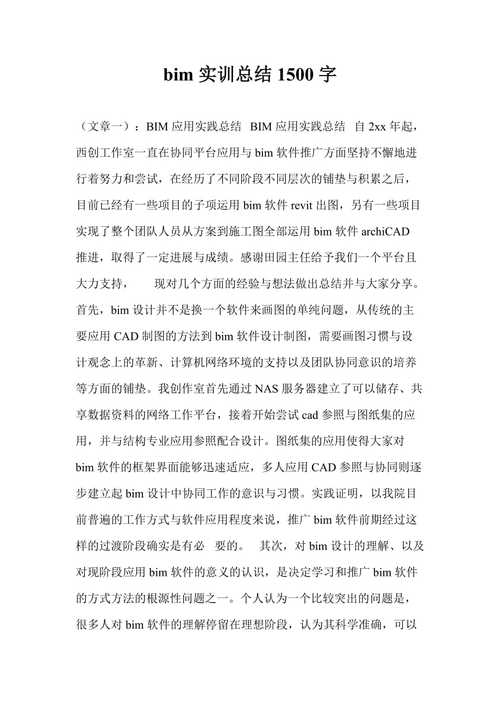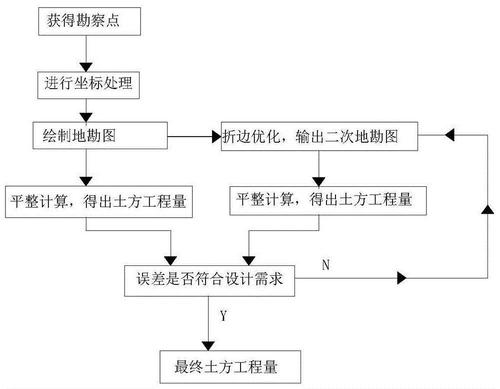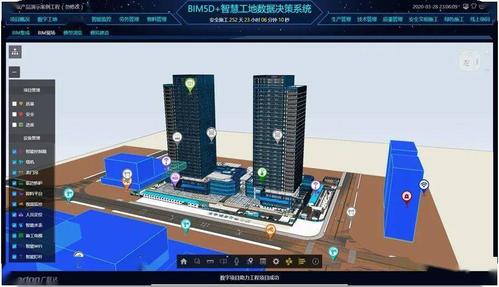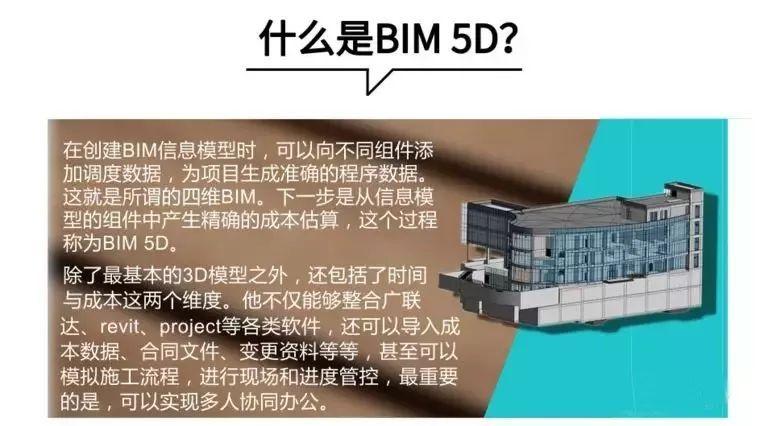* 主体类型
* 企业名称
* 信用代码
* 所在行业
* 企业规模
* 所在职位
* 姓名
* 所在行业
* 学历
* 工作性质
请先选择行业
您还可以选择以下福利:
行业福利,领完即止!

下载app免费领取会员


BIM (Building Information Modeling) has revolutionized the construction industry by providing a digital representation of the physical and functional characteristics of a building. The use of BIM models allows for improved collaboration, coordination, and communication among all stakeholders involved in the design, construction, and operation of a facility. However, in order to fully harness the benefits of BIM, integration tools are necessary.Integration tools play a crucial role in BIM model management. They enable the seamless exchange of information between different software applications used in the design and construction process. These tools facilitate the integration of various disciplines such as architecture, structural engineering, and MEP (mechanical, electrical, and plumbing) systems.One of the key advantages of using integration tools is the elimination of data silos. In traditional construction workflows, different disciplines would develop their own separate models, leading to information fragmentation and duplication. Integration tools help consolidate these separate models into a unified BIM model, ensuring that all stakeholders are working with the most up-to-date and accurate information. This greatly reduces the risk of errors, conflicts, and rework during construction.Moreover, integration tools provide an efficient way to coordinate and synchronize design changes across disciplines. When a design change is made in one discipline's model, integration tools can automatically update the affected elements in other related models. This saves time and effort by eliminating the need for manual updates and maintaining consistency throughout the project.Another benefit of integration tools is the enhanced visualization capabilities they offer. These tools allow different stakeholders to visualize their design contributions in the context of the overall building model. This enables better understanding and coordination among disciplines, leading to improved design decisions and a higher-quality final product.Furthermore, integration tools enable collaborative design and coordination workshops. By connecting multiple software applications, these tools facilitate real-time collaboration and coordination among different teams. This fosters better communication, enhances problem-solving, and supports informed decision-making throughout the design and construction process.In conclusion, integration tools are a vital component of BIM model management. They enable the seamless exchange of information, eliminate data silos, facilitate coordination and synchronization of design changes, provide enhanced visualization capabilities, and foster collaborative design and coordination workshops. By utilizing these tools, the construction industry can fully harness the benefits of BIM and improve the efficiency, productivity, and quality of building projects.
.jpg)
本文版权归腿腿教学网及原创作者所有,未经授权,谢绝转载。

上一篇:BIM5D教程 | BIM 5D模型的整合有何重要性?
猜你喜欢
BIM5D教程 | 总结bim5d实训报告的3000字
BIM5D教程 | 实施BIM工程量计算的步骤
BIM5D教程 | BIM5D的五个维度是什么?
BIM5D教程 | 探究BIM中的5D是何含义
BIM5D教程 | 是BIM等同于5D建模吗?
BIM5D教程 | BIM5D施工模拟动画的优势
最新课程
推荐专题
相关下载
























































